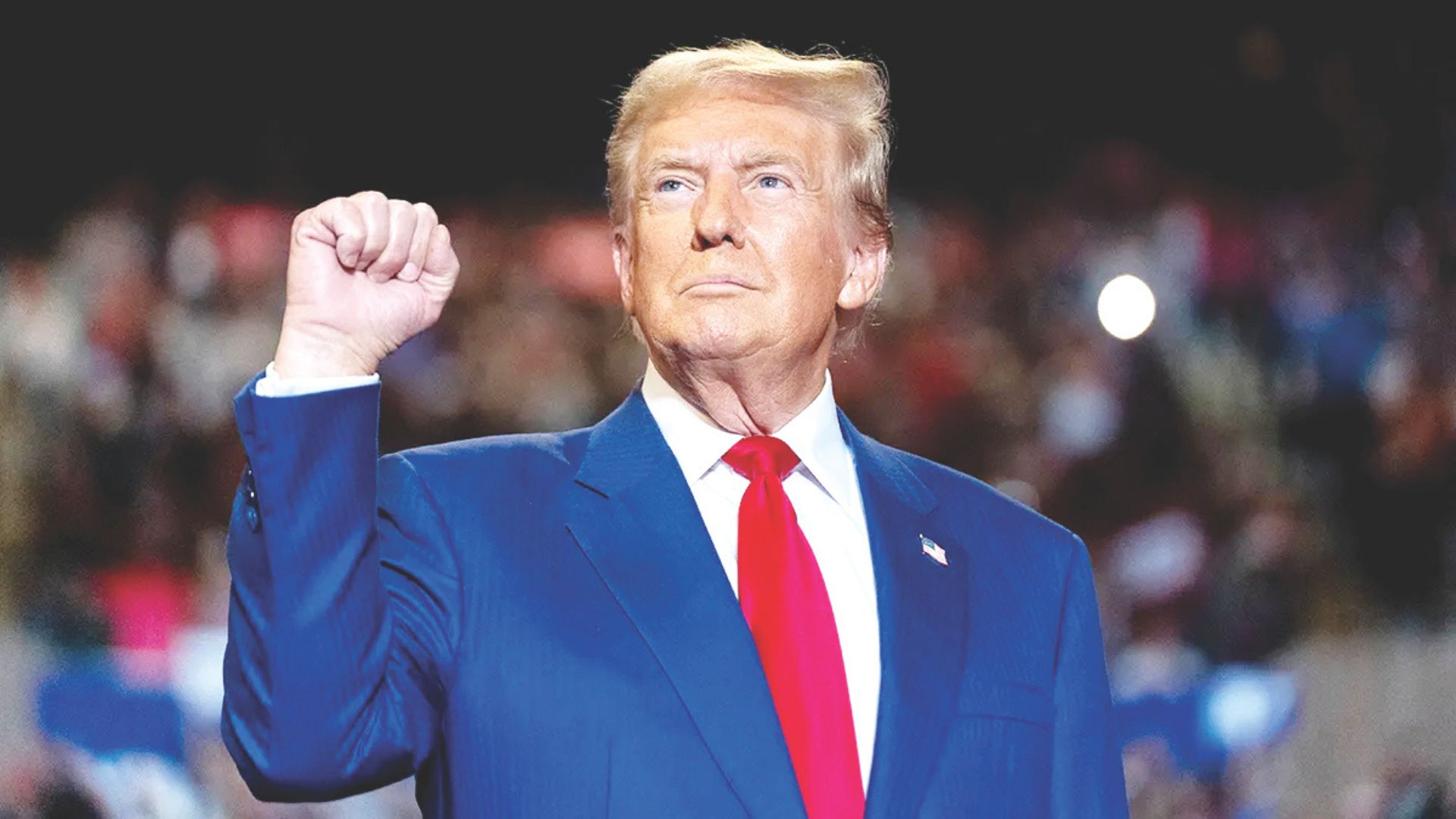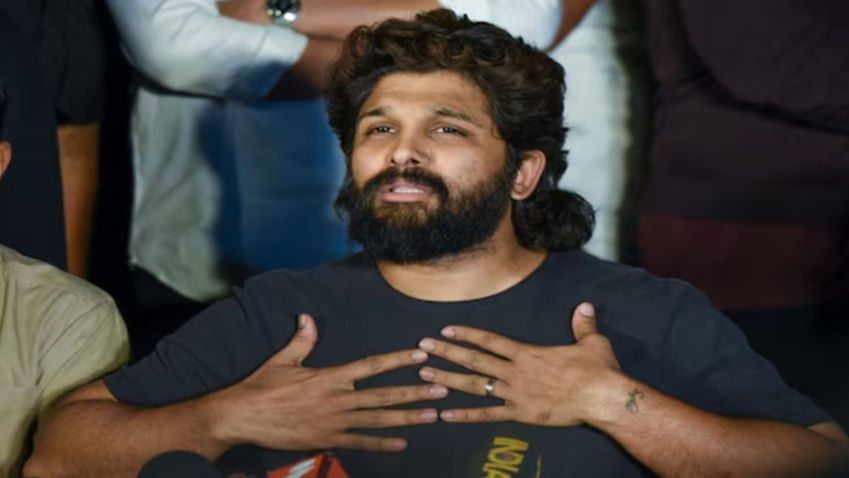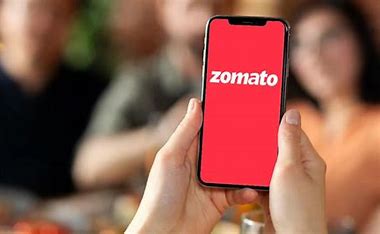There is some excitement among Indians over two appointments made by President-Elect Donald Trump, that of Marco Rubio as Secretary of State and Mike Waltz as National Security Adviser. Waltz has been co-chairing the bipartisan India caucus in the House and is known for his strong pro-India views and his anti-China stand. He believes that India can be a strong counter to China. In fact, given the pro-Indian bent of mind of the incoming administration, a lot of advancement can happen in strategic cooperation between the two countries, especially when it comes to countering China. But there is a catch, and it has totally to do with India.
After the so-called agreement on restoring status quo to 2020 levels of patrolling along the Line of Actual Control, a disengagement process seems to have been concluded, although experts in the know say that to implement that disengagement will need careful monitoring in addition to drawing up a meticulous plan so that disagreements leading to skirmishes do not happen on the ground. Hence, the disengagement is very much a work in progress. The job, however, does not end with disengagement. The bigger concern at present is de-escalation, which is far trickier, because there is zero evidence of any reduction in the war-like infrastructure build-up on the Chinese side. This applies to the whole of LAC, including, in fact particularly to Arunachal Pradesh, where dual-use border villages have sprung up on the Chinese side. So what we are witnessing is a tactical withdrawal by both sides, but there is no reason to trust the Chinese who have not done anything substantive to reduce the threat it poses to India. Its political warfare against India continues unabated, including its efforts to influence the Indian public through various channels of communication it has created in this country. It continues to use Pakistan as its proxy to try and bleed India slowly by using terrorism. It actively backs militants in the Northeast to keep that region in a boil. Are we going to be that naïve that we will believe once again that China does not look at India as a challenger and instead looks at the 21st century as an “Asian century” where both China and India have a place? The easiest test for China’s willingness to accommodate India as a partner in the so-called “Asian century” is to recheck if it is ready to give India a permanent seat in the UNSC. It goes without saying that China will fail that test miserably. So why are pro-China voices being heard suddenly in India, trying to create the impression that the extent of India’s problem with China is limited and that there is no convergence of interests between India and the US when it comes to countering China?
There is a belief that this thaw partially arises from India’s need for Chinese investments, while the Chinese are looking to go back to doing business as usual as they face economic headwinds in their own country. If that is the case, India has to be very careful and cannot allow China any entry in critical sectors such as telecom, power and defence among others. For every pro-China step taken, our policymakers need to remember that China is building one of the largest dams in the world on the Brahmaputra river and can thus control water flow into India—either flood its plains or create droughts. And this is just one instance. The fundamental point is that China is not India’s friend, nor a partner. But it is definitely its rival, and an enemy who is hiding its fangs temporarily as it does not want to get embroiled in too much turmoil on its borders, busy as it is preparing to dominate the world.
As for the US, the new NSA, Mike Waltz wants India in an alliance—presumably military—with his country. He perhaps does not realise that in the name of “multipolarity”, India has mastered the art of fence-sitting and will never get into any alliance. It would rather be the role model for the developing world instead. To give an example, even though the need of the hour is the militarisation of the Quad to contain the Chinese threat in the Indo-Pacific, India will prefer to make Quad a toothless platform, a philanthropic body, as it wants to maintain its “nonaligned” image intact. No wonder the US found a military component in the Indo-Pacific in the AUKUS, thus making the Quad largely irrelevant, whatever India may be saying things to the contrary. This is the reality that Trump’s team will have to take into account. In the next four years, a lot in India-US relations will hinge on this.







